Omar Abdullah Takes Oath With The Promise of Statehood to J&K
National Conference(NC) party vice-president, Umar Abdullah, greets lieutenant governor Manoj Sinha to take oath as the first chief minister of the union territory of Jammu and Kashmir. The oath ceremony was conducted on 16th October 2024 in Srinagar. Abdullah was elected after the first-ever elections in Jammu and Kashmir post Article 370 abrogation in the state. Along with him, five other ministers also took the oath. This includes three ministers from the Jammu division and three from the Kashmir division, including Umar Abdullah. In the Jammu division, the BJP sweeps to victory.
The new National Conference (NC) government of Jammu and Kashmir is a coalition government with the Congress party. Congress has decided to stay out of the active cabinet, while the inclusion of Mehbooba Mufti’s PDP in the new government of Jammu and Kashmir is still ambiguous.
Demand for Statehood
The NC-Congress-led government in the newly formed union territory of Jammu and Kashmir seeks to restore statehood as one of their first few steps after coming to power. Omar Abdullah is determined to pass a resolution in his first cabinet meeting after taking charge as the new CM. “After the formation of the government, I hope in the first cabinet meeting, the cabinet will pass a resolution impressing upon the Centre to restore the statehood. The government should then take that resolution to the prime minister”, said Abdullah.
According to the CM, the demand for statehood was promised by the Prime Minister, Home Minister and other ministers after conducting the de-limitation exercise and peaceful elections in the state.
When asked about his party’s relation with the centre, Abdulla responded, “The people have not voted for a confrontation. The people of J-K have voted because they want employment, they want development, they want the restoration of the statehood, they want to address electricity and other issues and that redressal will not happen by having a confrontation with New Delhi.”, Abdullah said.
The statement was in light of the decision of the current J&K LG, Manoj Sinha, to elect five MLAs from the Bharathi Janta Party. These MLAs will be included in the newly formed government. For Abdullah, these five MLAs will not be able to impact the decisions of the elected government a lot. He rather confidently spoke about representing the voices from Kashmir, those who elected his party to power.
The Jammu and Kashmir Congress chief Tariq Hameed Karra told the press that the party has decided to stay out of the cabinet government and provide outside support to the NC government’s demand for statehood. The Congress party has been demanding the restoration of statehood of J&K from the centre and Prime Minister Narendra Modi. However, Congress has also left hints of joining the government in days to come.
Article 370: A Legal Battle Ahead
In the first few days of August 2019, the BJP-led government at the Centre started to deploy more troops in the then-state of Jammu and Kashmir. This followed the stunning announcement of the government to scrap Article 370 which provided the disturbed state with some autonomy over its functioning. Section 35 A of this article gave powers to the state of Jammu and Kashmir to have its own laws, constitution and state flag. This was done because historically, the state has been a battlefield for international disputes with neighbouring countries of China and Pakistan.
Also, during the time of partition, the people of the state were promised a referendum to choose between Pakistan and India. Being the only Muslim-majority state in India, the referendum of the people was the constitutional way of integrating the state with India.
However, the actual series of events that followed during the partition and independence of India did not provide Jammu and Kashmir with any decision-making power.
While supporters of this action by the BJP find the step important for the complete integration of the entire nation as one, critical voices have strongly opposed the move as an attack on Kashmir. The move will change the demographic character of the Muslim-majority state by allowing non-Kashmiri citizens of India, to buy land for personal and commercial use.
What remains under debate is whether the scrapping of Article 370 in 2019 by the BJP government is legal or not. As per Article 370 of the Indian Constitution, any modifications to the present arrangement can only be made with the consent of the state government. However, Article 370 was scrapped overnight by the BJP-led government during a global medical lockdown. The then chief minister of Jammu and Kashmir, Mehbooba Mufti, was reduced to a minority voice. Many other political leaders of the state were also put under arrest while many areas within the state experienced shutdowns and excessive military surveillance.
As far as the people of Jammu and Kashmir are concerned, many are not happy with the decision. While for some other residents of the state, this decision has brought neither good nor bad.
Nilgiris Police adopts ‘Police Akka’ initiative to enhance safety of college students
To enhance safety of college students across the district and handle harassment cases more strictly, the Nilgiris District Police in Tamil Nadu inaugurated the ‘Police Akka’ project on Wednesday. The initiative was launched N.S. Nisha, who took charge as the District Superintendent of Police in August, this year. The initiative was launched by Coimbatore Police in 2022, which is likely to be adopted across the state.
Under this initiative, a senior police woman has been nominated for all 16 colleges in the district as a single point of contact for the students. Contact details of the officer have been shared with the college authorities which will be put on display in every college. The purpose is to help students to contact her in case they need any help and complain directly to her if they are facing any kind of harassment.
The police will also host sensitization programmes on issues like crime against women, cyber crime and drug abuse. The police will also visit the colleges from time to time and conduct self-defence classes for the students.
கல்லூரி மாணவிகளுக்காக துவங்கப்பட்ட போலீஸ் அக்கா திட்டம்
உங்களது கல்லூரிக்கான போலீஸ் அக்கா பெண் காவலர் பற்றிய விபரங்களை தெரிந்து கொள்ள கீழே உள்ள Link-ன் வழியாக Download செய்து தெரிந்து கொள்ளலாம்.https://t.co/G06jMaiI9A pic.twitter.com/u6sIyNwH7Y
— Nilgiris Police (@NilgirisPolice) October 16, 2024
What is ‘Police Akka’ initiative?
In October 2022, Coimbatore Police launched a project called ‘Police Akka’ (Police sister) to prevent young girls, especially college students from falling prey to cybercrime. As part of the initiative, female cops pay a visit to colleges once every week or fortnight and interact with girl students spreading awareness and warning them about different kinds of cyber crimes which they can fall prey to. Contact numbers of these female cops are shared with the students so that they can reach out in case of any query and seek assistance.
‘Kaaval Uthavi’ app
The Nilgiris District Police is also raising awareness through an app called the ‘Kaaval Uthavi’ app. The purpose is to trigger and send emergency alerts to the police control room from someone in distress directly through their mobile phone.
In an attempt to curb drug abuse, the police is also conducting vehicle checks and surprise checks on people who had been previously arrested for trafficking in narcotics.
Panch Shakti initiative by Pune Police
Recently, Pune Police launched ‘Panch Shakti’ which is a five-pronged initiative to ensure the safety of women, children and people in Baramati of Pune district. The initiative was announced by Maharashtra Deputy Chief Minister Ajit Pawar. The initiative focuses on enhancing the safety measures in Baramati with special attention to children and women.
A ‘Shakti Box’ or a complaint box will be kept at various locations such as schools, colleges, commercial establishments, banks, government offices, ST stands and coaching classes. The purpose is to help women and girls to report incidents of harassment like eve-teasing and stalking.
As part of this initiative, the police will also conduct awareness programmes for the youth to promote safety and security.

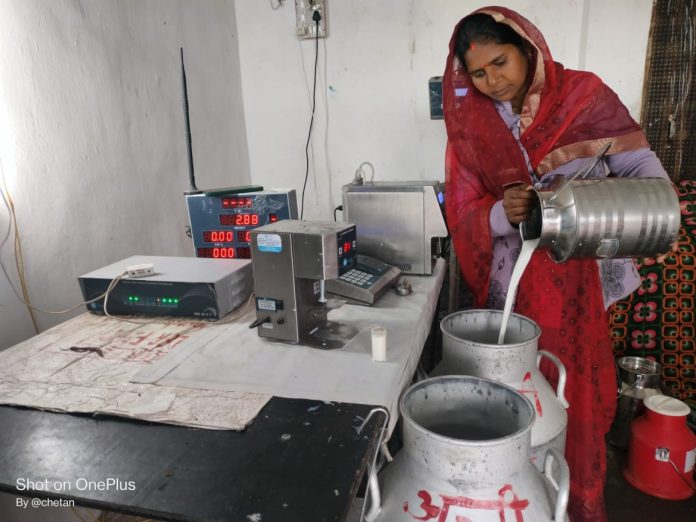

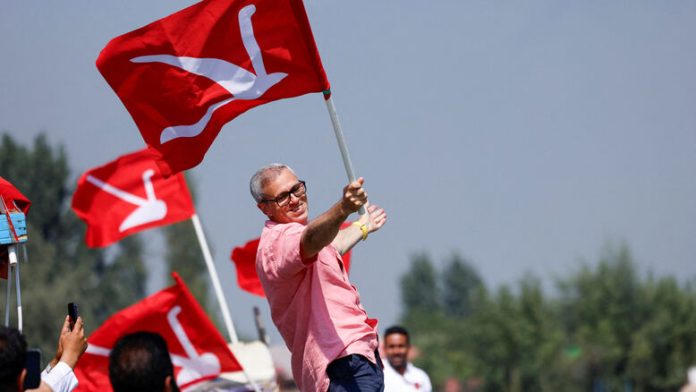

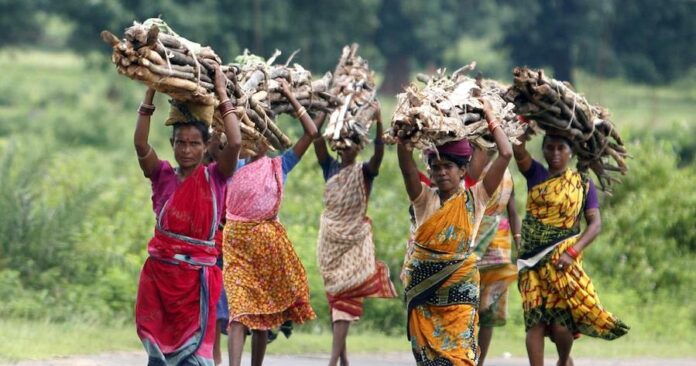
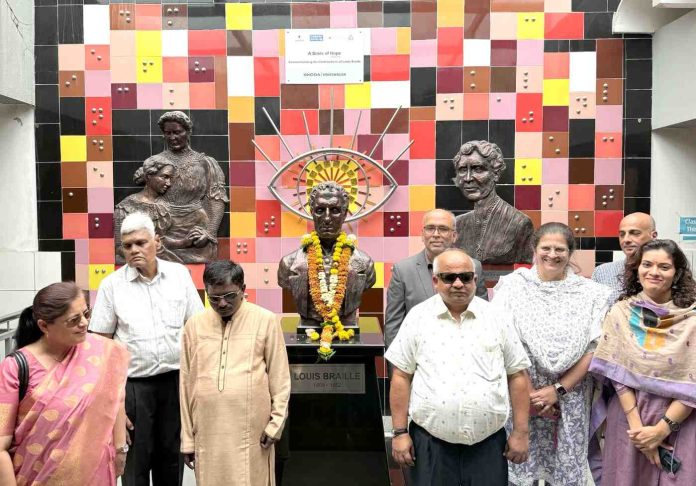
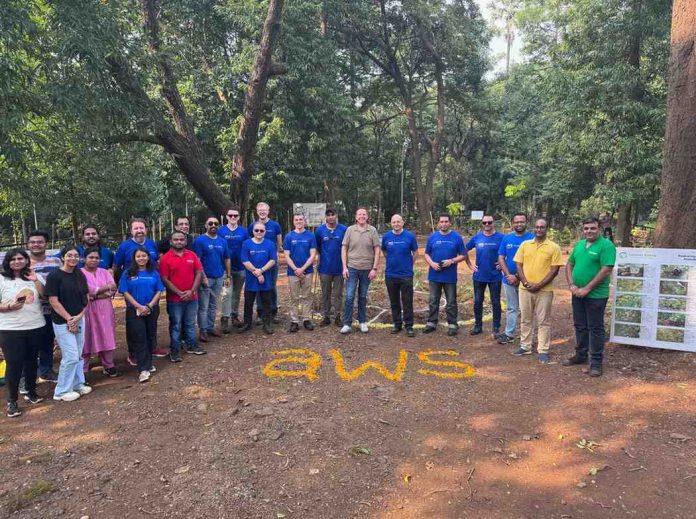
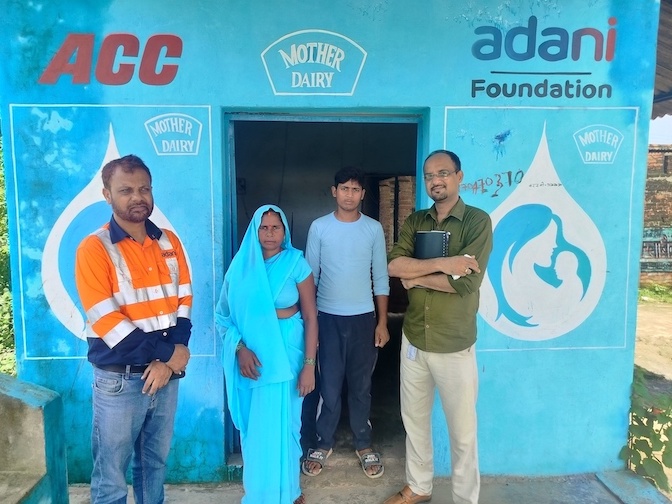

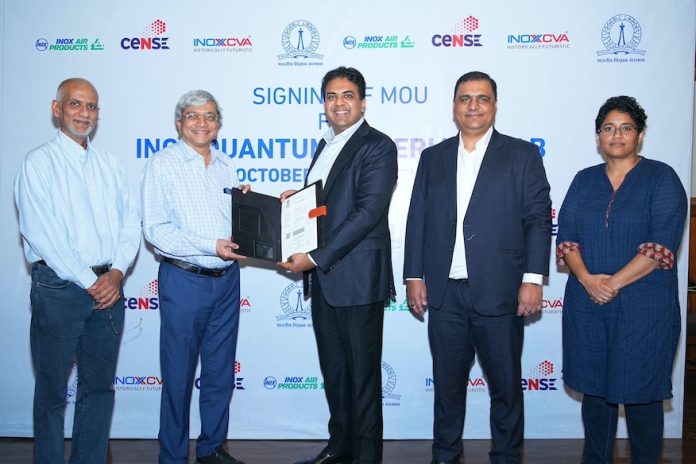

 Sandeep Nailwal, co-founder of Polygon and a serial entrepreneur, established his philanthropic endeavor, Blockchain for Impact (BFI), during the second wave of COVID-19. Since then, he has been working tirelessly to strengthen India’s healthcare infrastructure and support marginalized communities through strategic collaborations. Initially starting as an emergency response initiative, BFI has now evolved into a system delivering programmatic interventions in public health at both micro and macro levels. Today, Nailwal leads a global team of over 400 individuals, focusing on community health initiatives and fostering multi-sector collaborations.
Sandeep Nailwal, co-founder of Polygon and a serial entrepreneur, established his philanthropic endeavor, Blockchain for Impact (BFI), during the second wave of COVID-19. Since then, he has been working tirelessly to strengthen India’s healthcare infrastructure and support marginalized communities through strategic collaborations. Initially starting as an emergency response initiative, BFI has now evolved into a system delivering programmatic interventions in public health at both micro and macro levels. Today, Nailwal leads a global team of over 400 individuals, focusing on community health initiatives and fostering multi-sector collaborations.






